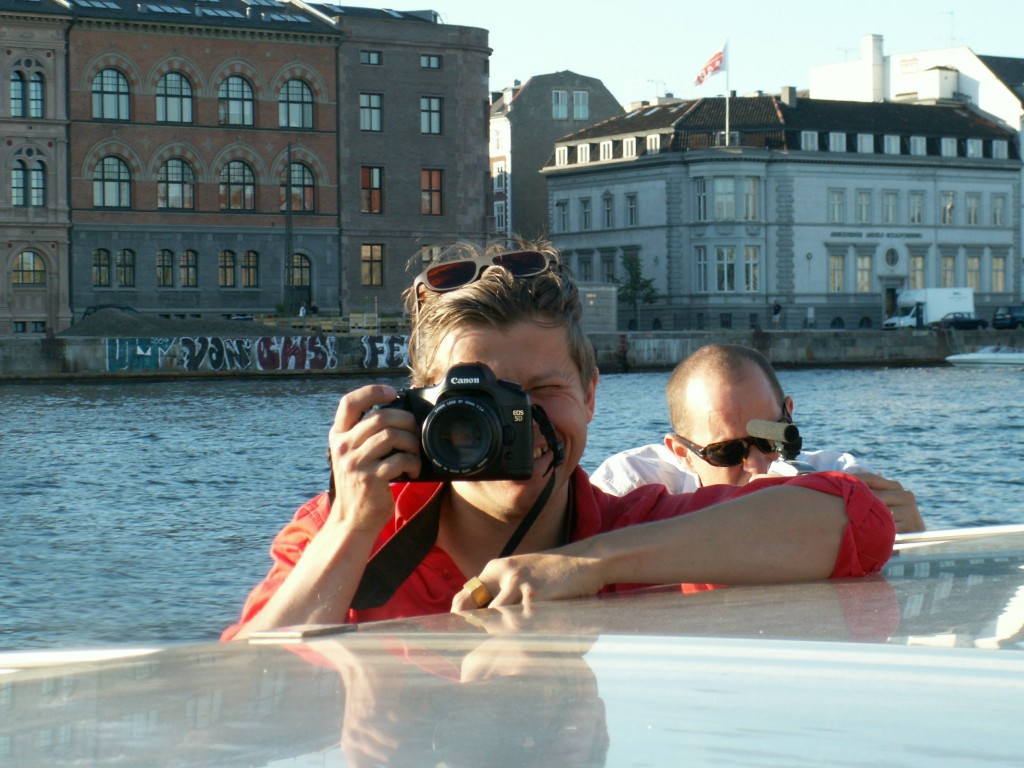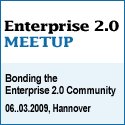Some notes from a talk at reboot10: Thomas Vander Wal on Freely Seeping through the walls of the garden
I’m here for obvious reasons: collaboration, knowledge and innovation management (enabled by social software). Besides I travelled to Copenhagen with Thomas this morning, we talked shortly about his planned talk (and he’s a nice chap, too).
– walled gardens inhibit creativity & sharing, yet they create so comfortable environments
– no cross-pollination, no problems of seredipidity and innovation
– people connect on average with 10 people on Twitter (some are not average somehow) – we’re sticking to small groups of people we know
– connections and relationships aren’t commodities and will never be (Luis said something along these lines yesterday in Varese too)
– are we really aiming at freely sharing of information (around and about identity/objects)?
– increased understanding, let everybody in the organization get smarter
– on the elements of social software (duality of identity and object – presence, actions, sharing, reputation, relationships, conversation, groups, collaboration) and how to build order (I have to ponder this a little bit, I doubt that this is a sequential model, seeing also frog-leaping and some fuzzy, i.e. spirally-/recursive learning and adoption curves powered by feedback and learnings etc.)
– spheres of sociality (personal, selective, collective, mob)
– sharing one by one then sharing with groups (e.g. Dopplr, Ma.gnolia)
And yes, all this plays into
– why social software in the enterprise “doesn’t spread like wildfire” and
– yes, there’s much food for thought in here, some derived consulting and implementation challenges are:
– we need to help in easing the fear in the organization, help people go exploring the neighborhood gardens etc.
– we need to teach and inform on the “dangers and pitfalls” of departmentalized knowledge management systems – rebuilding silos and all – trying to look like a worthwhile solution (drag queens, anyone?) while we need to make the walls permeable. Have hedges but tear down the brick wall … then expand on your garden design endeavours (yes, this in freely linked to the earlier responsive architecture session).


 It’s that time of the year again –
It’s that time of the year again – 

